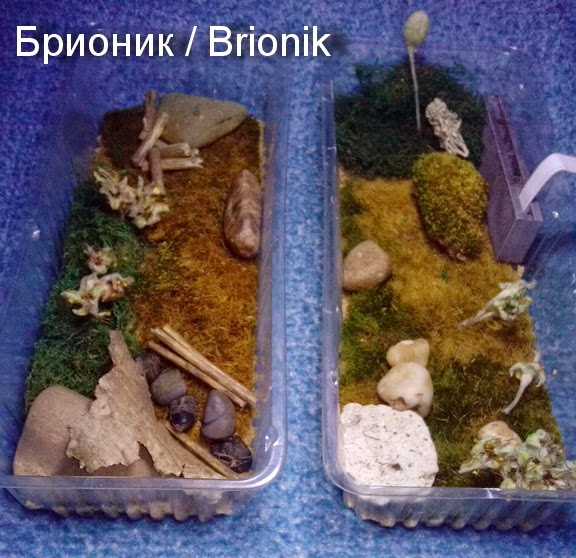Seaweed Paper
Hello! After a long break!
We already wrote an article about obtaining paper from algae, it became interesting to you - see here https://impulsarizm.livejournal.com/10714.html The technology turned out to be working.
The technology for producing high quality white paper pulp from thread algae can be a substitute for replenishing the biomass of burned trees in Siberia and the flooded areas of the Far East, and protecting the ecological situation of water resources. Russian scientist Dimetry Bogdanov receives high quality paper pulp from blue-green algae. Compared to paper from wood pulp, paper from algae is more environmentally friendly (it does not need chemical bleaches, splitters), it is several times cheaper to produce (collecting algae is not difficult), it does not require expensive processing equipment. Currently, paper pulp is used in papier-mâché. The mass is easily fixed and holds its shape.
In calm weather, algae are collected in the surface layers of water, where their biomass can reach 40 kg / m3. When dried, filamentous algae acquire a grayish, pale green or yellowish color. For bleaching the base, the same technology can be used as for bleaching wood pulp, only in much smaller proportions. Natural bleaching of fibers is carried out under the influence of sunlight (ultraviolet radiation completely releases chlorophyll in the plant). The paper is white, indistinguishable from ordinary paper, whose whiteness under natural sunlight on a gradient scale of over 240 points. However, upon drying, we will see that the fibers have a pale green color. Fibers become perfectly white when exposed to special substances.
It is interesting that dry biomass from algae is taken as ordinary waste paper, therefore, some environmental organizations during the cleaning of reservoirs can collect and deliver up to several dozen cubic meters of dry matter to waste paper collection points.
Algae have a branched network of fibers that are easily bonded to each other, but also hold tight. The older the tina, the coarser and stronger the fiber. Thanks to fillers, the paper is made even, smooth, opaque, plastic, capillary and less porous. However, fibers under the influence of ultraviolet radiation lose their elasticity. This problem is freely solved with the help of chemical active additives.
The first paper results were obtained back in 2008, after which even the technique of adding algae to wood pulp and other innovative methods at the Balakhna Boom Plant were even tested.
Бумага из водорослей. Всем привет! После длительного перерыва!
Мы уже писали статью про получение бумаги из водорослей, вам стало интересно - см. здесь https://impulsarizm.livejournal.com/10714.html Технология оказалась рабочей.
Технология получения белой бумажной массы высокого
качества из водорослей нитчатки может стать заменой для восполнения биомассы
сгоревших деревьев Сибири и затопленных территорий Дальнего Востока, защиты
экологической обстановки водных ресурсов. Российский ученый Диметрий Богданов
получает бумажную массу высокого качества из сине-зеленых водорослей. По
сравнению с бумагой из древесной целлюлозы бумага из водорослей экологичней
(для нее не нужны химические отбеливатели, расщепители), в несколько раз
дешевле в производстве (сбор водорослей не составляет труда), не требует
дорогостоящего оборудования для обработки. На данный момент бумажная масса
используется в папье-маше. Масса легко закрепляется и держит форму.





Комментарии
Отправить комментарий